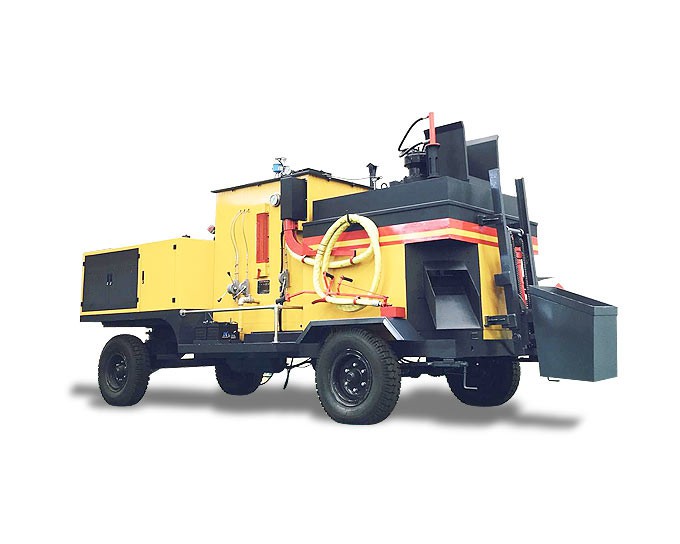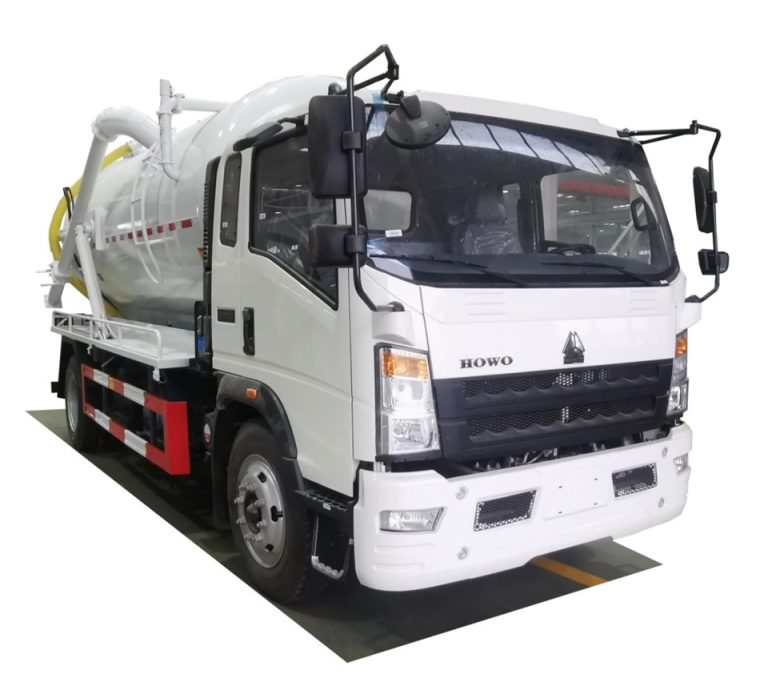Vacuum pumps are crucial for many industrial applications, but when they start smoking, it can be a cause for alarm. This article will explore the reasons behind vacuum pump smoking, its implications, how to troubleshoot, maintain your pump properly, and practical tips to keep your equipment running smoothly.
What is a Vacuum Pump?
A vacuum pump is a device that removes gas molecules from a sealed volume to create a vacuum. Commonly used in various industries, including pharmaceuticals, food production, and manufacturing, these pumps help in processes like degassing, drying, and vacuum packaging.
Understanding Vacuum Pump Smoking
When a vacuum pump begins to smoke, it is indicative of potential problems that could lead to failure. Understanding the reasons for this smoking behavior is vital for timely intervention.
Common Causes of Smoking in Vacuum Pumps
1. Overheating
One of the most common reasons for smoking in vacuum pumps is overheating. This can occur due to poor ventilation, excessive load, or malfunctioning components such as bearings and seals.
2. Oil Contamination
Oil in a vacuum pump can become contaminated due to oxidation, moisture, or particulate matter, leading to smoking if the oil burns or breaks down. Regular oil changes are essential to prevent this issue.
3. Mechanical Failure
Worn-out parts or mechanical failures such as damaged seals or bearing issues can cause friction, leading to smoke. Regular inspections and maintenance can help avoid these failures.
4. Improper Vacuum Levels
Operating a vacuum pump outside its recommended vacuum range can cause excessive wear or overheating, leading to smoking. Referencing the manufacturer’s guidelines is essential for optimal performance.
Identifying the Problem
Recognizing the signs of a smoking vacuum pump early can prevent severe damage. Here are some steps to identify the problem:
Visual Inspection
Inspect the exterior of the pump for any visible signs of smoke, burn marks, or melted components. Pay attention to the oil level and color, as dark or foamy oil can indicate contamination.
Performance Monitoring
Keep track of the vacuum pressure and flow rate. Significant drops in performance can signal underlying issues that may lead to smoking.
Troubleshooting Smoking Issues
If you encounter a smoking vacuum pump, following these troubleshooting steps can help identify the root cause:
Step 1: Shut Down the Pump Immediately
To prevent further damage, turn off the pump as soon as you notice smoke. Allow the pump to cool down before inspection.
Step 2: Check Oil Levels and Quality
Inspect the oil level and quality. If the oil is burned or contaminated, drain it and refill with fresh oil suitable for your vacuum pump model.
Step 3: Examine Mechanical Components
Check for any signs of wear or damage to seals, bearings, and all moving parts. Replace any defective components as necessary.
Step 4: Ensure Adequate Ventilation
Make sure that the pump has proper ventilation to prevent overheating. Clear any obstructions around the pump and ensure it is not enclosed in a tightly packed area.
Preventative Maintenance Tips
Preventing smoking in vacuum pumps is often more manageable than troubleshooting a problem. Here are essential tips:
Regular Oil Maintenance
Change the oil regularly based on the manufacturer’s recommendations. Clean or replace oil filters as needed to ensure optimal operation.
Monitor Operating Conditions
Keep an eye on the vacuum level and temperature. Regular monitoring helps ensure that your pump operates within the recommended specifications.
Scheduled Inspections
Conduct routine inspections every couple of months to catch issues before they escalate. Look for unusual noise, vibration, or changes in performance.
Impact of Smoking on Performance
Smoking from a vacuum pump does not only signify potential failure but can also affect its overall performance:
Reduced Efficiency
A smoking pump will generally operate less efficiently, leading to higher energy consumption and increased operational costs.
Potential for Breakdowns
Continued operation of a smoking vacuum pump can result in critical failures, leading to costly repairs and downtime.
When to Call a Professional
While some issues can be managed internally, certain scenarios warrant seeking professional help:
Complex Mechanical Issues
If the problem seems beyond basic maintenance, such as issues with the motor or intricate components, consider hiring an expert.
Persistent Problems
If smoking continues after performing basic troubleshooting and maintenance, a deeper investigation may be necessary. Professionals can conduct comprehensive diagnostics.
FAQ: Vacuum Pump Smoking
1. Why does my vacuum pump smoke when starting?
Smoking at startup may be caused by oil contamination or overheating. Check the oil level and pump components for potential issues.
2. Can I operate my vacuum pump temporarily if it starts smoking?
It is not advisable. Continuing to run a smoking pump can cause further damage and lead to complete failure.
3. How often should I change the oil in my vacuum pump?
Typically, oil should be changed every three to six months, but refer to your manufacturer’s guidelines for the specific interval for your model.
4. What kind of oil should I use for my vacuum pump?
Use only the oil recommended by the manufacturer. The choice of oil depends on the pump type, operating conditions, and application needs.
5. How can I tell if my vacuum pump is overheating?
Signs of overheating include smoking, unusual noises, or a significant drop in performance. Use a temperature gauge for accurate readings if necessary.
6. What is the lifespan of a vacuum pump?
The lifespan of a vacuum pump can vary widely based on maintenance, usage, and conditions but typically ranges from 5 to 15 years with proper care.
Conclusion
Understanding the reasons behind vacuum pump smoking, how to address it, and the importance of preventive maintenance is crucial for keeping your systems running efficiently. With the right practices and timely interventions, you can extend the life of your vacuum pump significantly.



